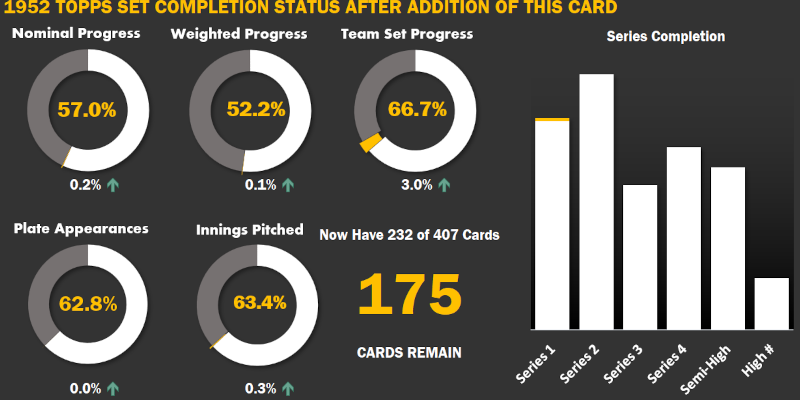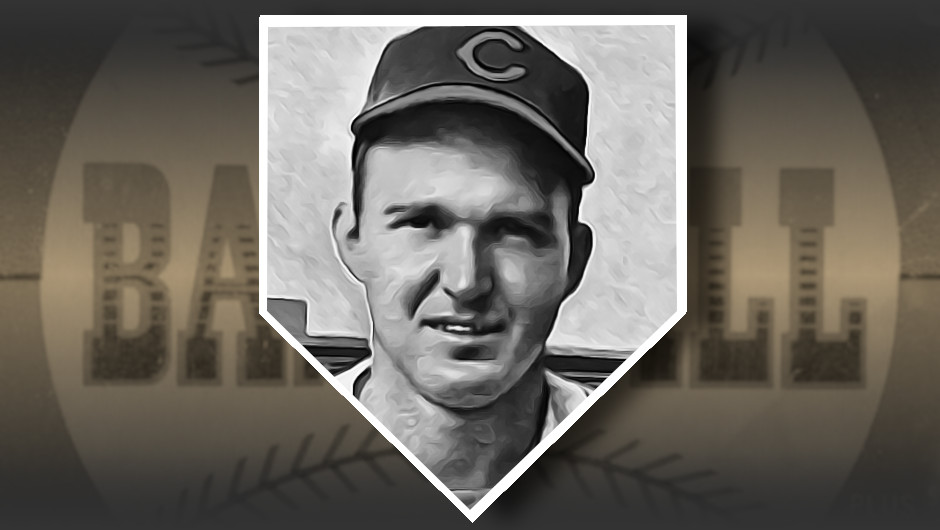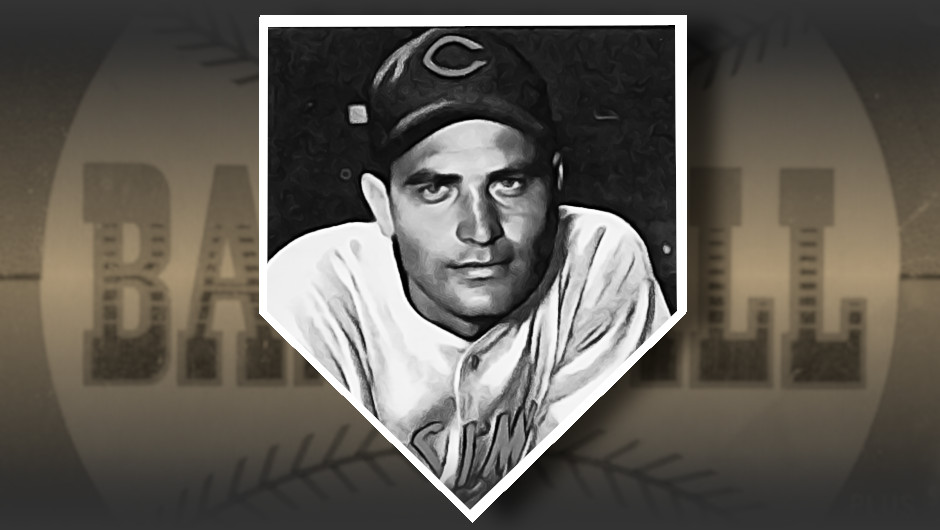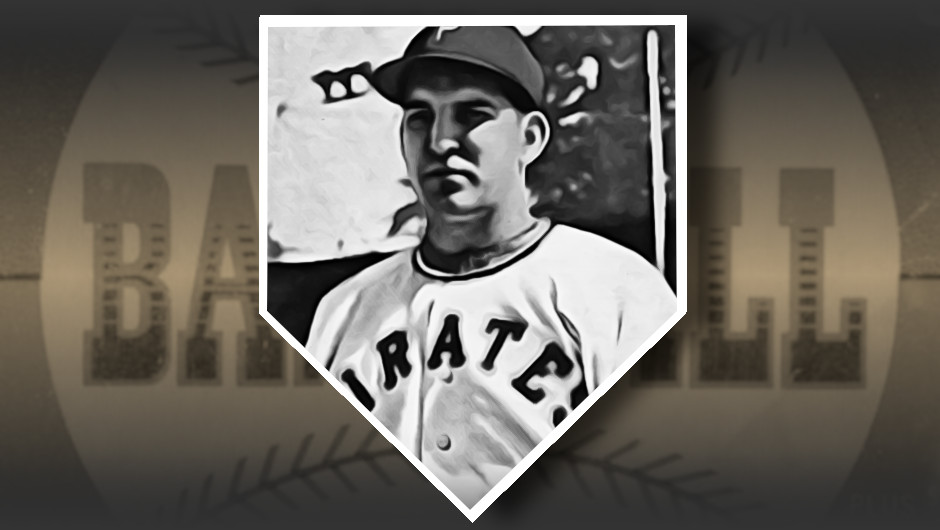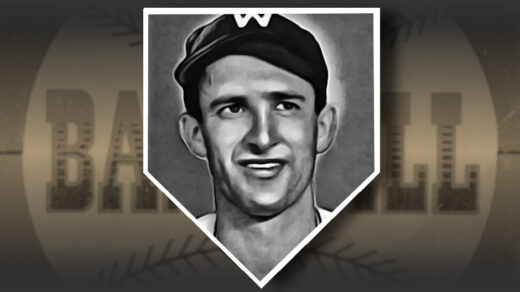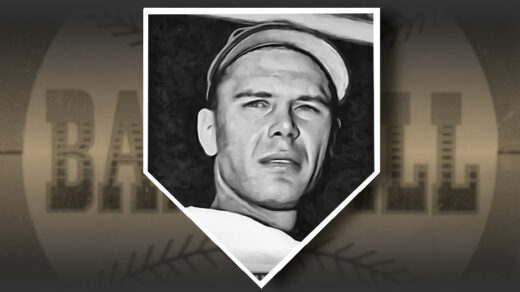“Teammates call him ‘Bugs’ because he’s the only man in baseball to make a study of insects.” So begins the biographical text on the back of Bugs Werle’s cards when they first emerged from packs of Topps’ 1952 baseball cards.
Based entirely on this single line of text, I assume the former Pirates pitcher would have been a big fan of Topps’ Allen & Ginter 2015 “A World Beneath Our Feet” cards. These were a 15 card set of miniature-sized inserts that could be found with relative ease in A&G packs. Each card was numbered with the prefix “BUG-” and highlighted a different creature – though not all were insects.
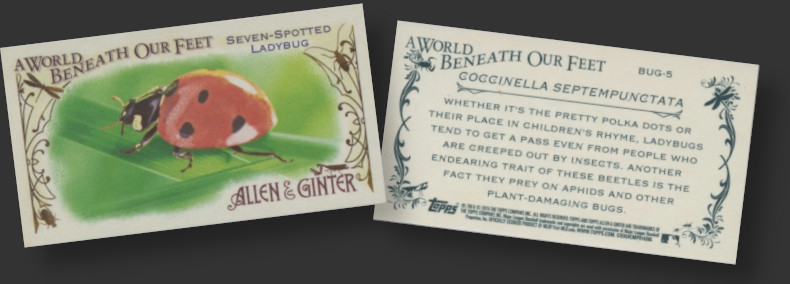
I’m not much of a bug enthusiast, though I will venture to say seasoned crickets are delicious. That’s probably not the line of interest that would have excited Mr. Werle. I did, however, recently enjoy reading Amy Stewart’s The Earth Moved: On The Remarkable Achievements of Earthworms.
Earthworms are fascinating creatures, so much so that Charles Darwin spent the later part of his life studying them in his backyard. One of the things Darwin wondered about was what exactly earthworms eat, and pulling at a string from some of his earlier thoughts, what made particular bits of food attractive to the animal. He performed experiments on his neighborhood worm population, determining the speed at which worm activity buries items and what kinds of material they prefer to ingest. One of those experiments involved cutting bits of paper into different shapes to determine how the contour of food influenced worm’s selection of what to eat.
Hold on, I thought. I have little bits of cardboard all around me. I have a particularly wormy backyard. It’s time for an experiment!
I decided to conduct a hastily arranged and ill-thought out recreation of Darwin’s worm study. The basic outline of my experiment was this: Two baseball cards would be cut into a series of small triangles and squares. The resulting debris would be scattered in an area with active worm activity and checked daily for signs that the worms were working on the cards.
I hoped to answer two questions: 1) Did the worms prefer triangles or squares? 2) Do they have a preference between Topps and Donruss?
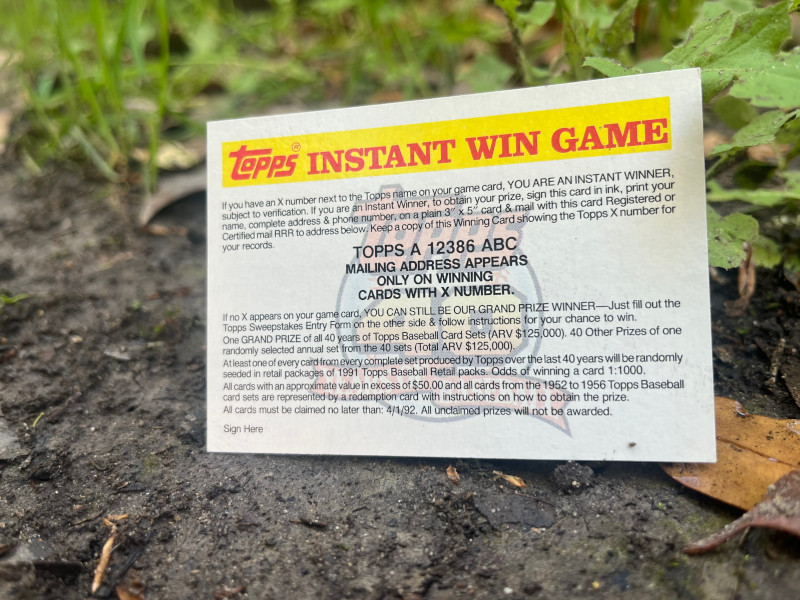
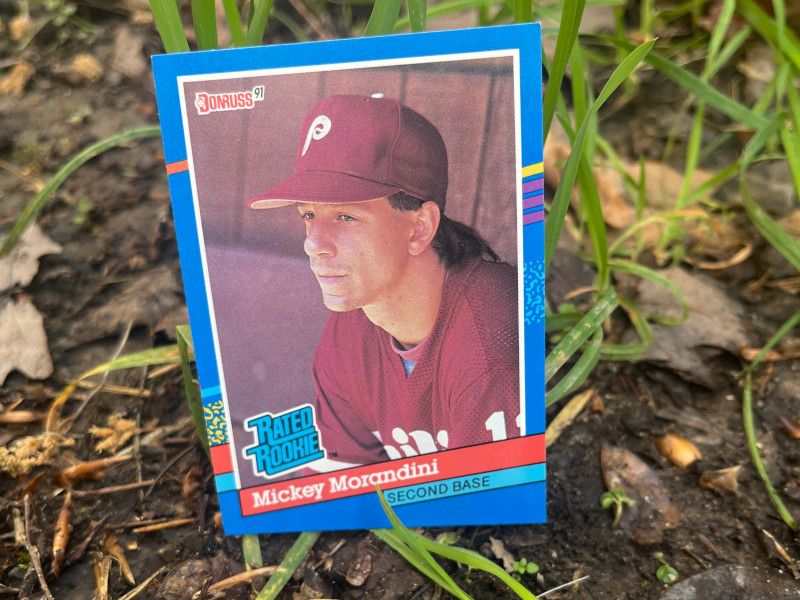
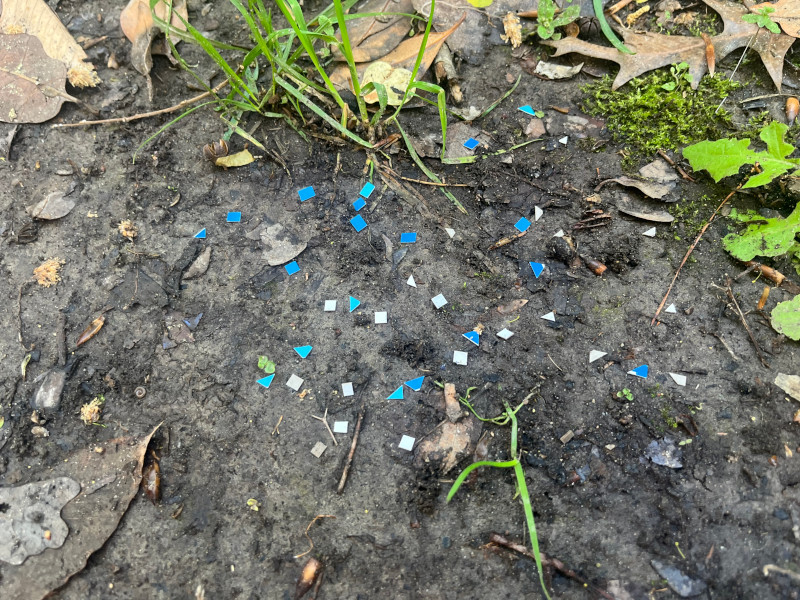
A total of 40 pieces of baseball card were laid out on the ground. 20 gray and white pieces originating from Topps, and 20 from their blue Donruss counterpart. Each population was divided evenly between squares and triangles.
So what happened?
36 pieces (90%) appeared untouched throughout the process. Of the 4 that disappeared, all were from the Topps card and all were cut into triangles. Maybe worms prefer the smaller triangle shape, and perhaps even prefer the brand of cards that branded itself as “The Real One” on its wrappers in 1991.
I called an end to the experiment yesterday, realizing so much more could have been done to properly design an experiment. A protective screen could have been set up around the cards to make sure gusting winds did not carry away any of the cardboard. More time could have been allotted to allow the cardboard to lose its rigidity, or perhaps the cards could have been soaked in water beforehand. The cards themselves could have been cut to more uniform dimensions. Something might have been done as well to keep out other creatures, as I found a few leaf-eating millipedes that might have wanted to try out a Dorito-shaped baseball card slice.
In short, I wouldn’t draw too many conclusions from my experiment. Perhaps Bugs Werle would have stuck with it until some useful data could be extracted. His baseball career showed some ability to stick with things even in the face of what appeared to be obvious setbacks.
He put together what amounts to an average career with a single digit lifetime WAR and 99.0 adjusted FIP. He had an ERA in the mid-4’s and converted to relief pitching duties over time. Pretty normal stuff for a guy who pitched a few hundred innings in the big leagues.
What makes his performance interesting is the part that would be seen as his biggest weakness: Batters hit .286 against him! I would have predicted well-below average results for a pitcher whose opponents hit close to .300. This “shortcoming” highlights just how effective he could be when not giving up a hit. For starters, he didn’t walk many batters. His opponents had to earn their way on base. Not only that, the lack of walks indicates most of his pitches were coming over the plate. Werle was simply generating a good number of swings and misses, as evidenced by one of the era’s higher strikeout per inning and strikeout to walk ratios.
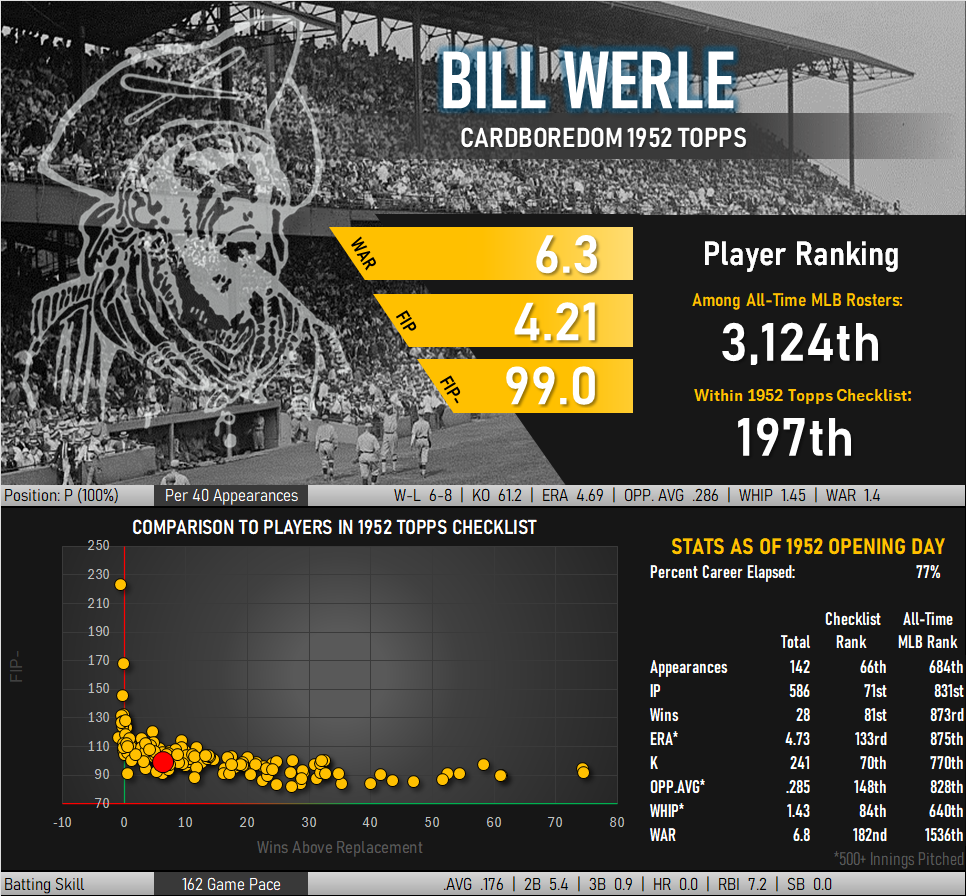
Werle appears in the first series of the ’52 Topps checklist and is represented in my collection by a red-backed example. The photo depicts him in at the Pirates’ Spring Training facility in California. According to the demographic information on the back of the card, he was 6’2″ tall. That oversized jersey must therefore be absolutely massive and really drives home the extent to which some players of the era (e.g. Ted Williams and Ted Kluzewski) had their uniforms tailored. The extra large shirt and the soul patch-like shadow under Werle’s lower lip give the image a late ’90s SoCal vibe.
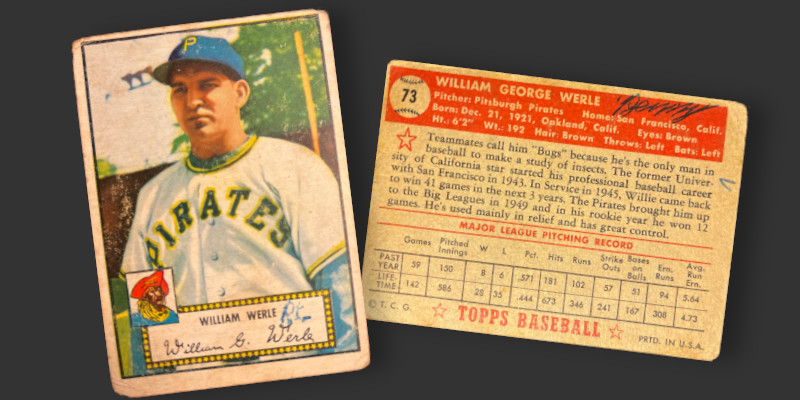
Roughly one third of my 1952 baseball cards qualify as being in poor condition. This is one of them and could qualify for the description with or without the writing on both sides from someone named “Denny.” I don’t mind cards with writing when they obviously come from a kid annotating a collection, though I prefer it to be in the form of added stats or the addition of a new team name. I cannot recall the thoughts went through my head when deciding to purchase this card, but my notes indicate a three buck price tag was involved in swaying the decision in its favor. I have viewed this beat up card dozens of times since adding it and cannot decide if it is the one I want to permanently represent Werle in my set building project. That indecision bugs me.
